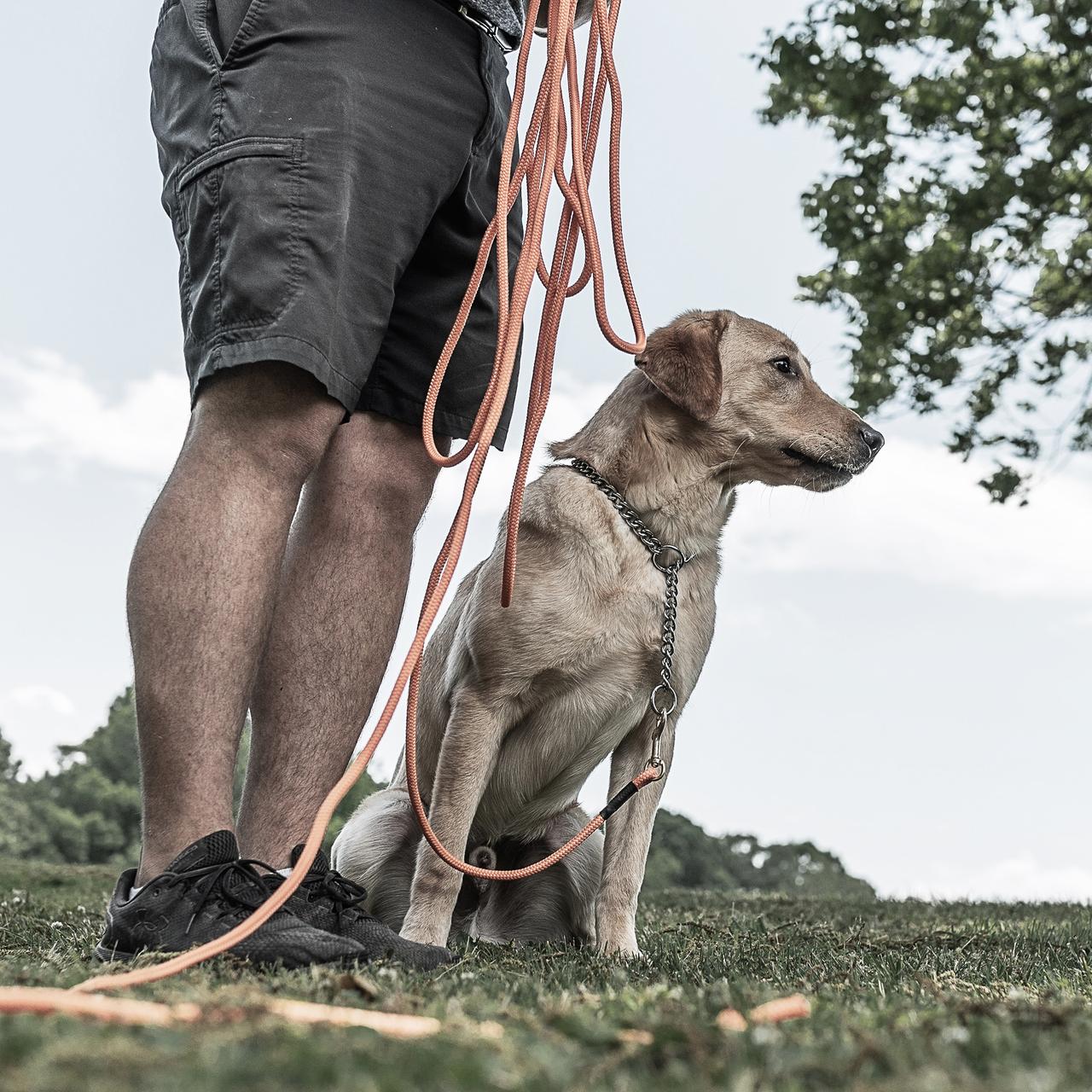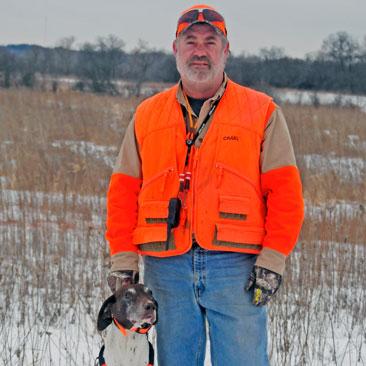
Avoiding Prickly Situations
Posted by Craig LeairSkunks and porcupines can be a real concern for hunters using sporting dogs. I’ve been involved in plenty of porcupine quill-pulling parties, and trust me, it is a horrible ordeal. Skunks, while not as dangerous, certainly can ruin your day, or even your whole trip. While you can’t safeguard your retriever or pointing dog against ever single encounter with prickly and furry animals, you can take preventive measures.
Like so many things in your dog’s life, avoiding trouble with non-target animals comes back to obedience training. Simply put, when my dogs are pups, I try to expose them to as many furred animals as I can get them near, and I train them in how I want them to react.
I introduce all sorts of animals, from cats to horses and cattle. I do this when a pup is still young, and I always have it on a check cord. Also, I try to be certain it’s an animal that is not going to run. When you expose a puppy to a critter that runs, that dog naturally wants to chase. You don’t want to trigger that instinct.
It’s never too early to start this process. It can start in the kitchen. When a pup sniffs at the garbage or sticks its nose anywhere it’s not supposed to be, I turn around and just shout “Ah!” to get the dog’s attention quick, and then follow it up with “No!” Then I’ll get the pup out of the area.
After we have this down, I move to a check cord and furred animals. When the pup first makes eye contact with the animal, I just give it that same “Ah!” and give a little snap on the check cord. Then I heel the pup up next to me. Even if it’s another dog that isn’t causing a problem, I’ll heel the pup up first. Then, I’ll give it an “OK” and release it. I want my dog to check with me every time it sees some animal that’s not a bird and wants to approach it.
If you practice this enough with your retriever, you shouldn’t have issues with porcupines or skunks. I also run pointers, which typically are going to be farther away from you when they run into furry animals. They’ve all pointed porcupines, but I’ve always been able to “whoa” them and avoid trouble. If your pointing dog is reliably steady, you’ll always be in control of the situation. When we have such an encounter, I put the dog on a check cord and give it a stern “No” and “Ah, bad!” Then I take the dog in the opposite direction, showing it that there’s no reason to be interested in anything other than birds.
The key is to just expose them to all sorts of animals. They have to learn that they can’t just run over and check out those critters. And you have to stay consistent. You can’t let them chase housecats some of the time and then expect them to avoid other furry creatures.
It’s all about fundamental obedience. If you don’t have a 100 percent obedient dog at home, why would you think you could control it out in the field? Conversely, if you have 100 percent obedience, you can avoid almost any problem.

Craig Leair
Waukesha, WI
With ten years of training experience specializing in German Shorthairs and yellow Labs, Craig currently works as a guide and lives on a 750-acre game preserve that raises over 40,000 pheasants, chukars and Huns annually. Wern Valley Sportsman Club allows him to constantly train dogs in a bird-rich environment, resulting...
